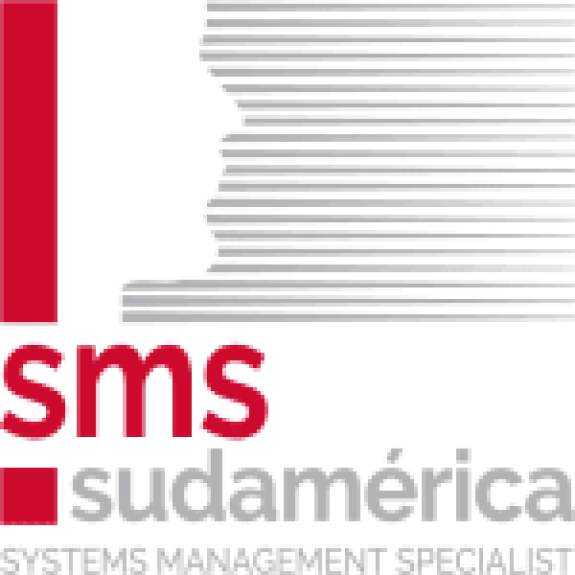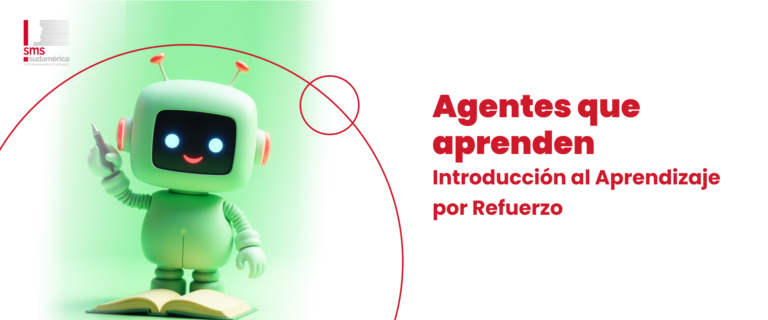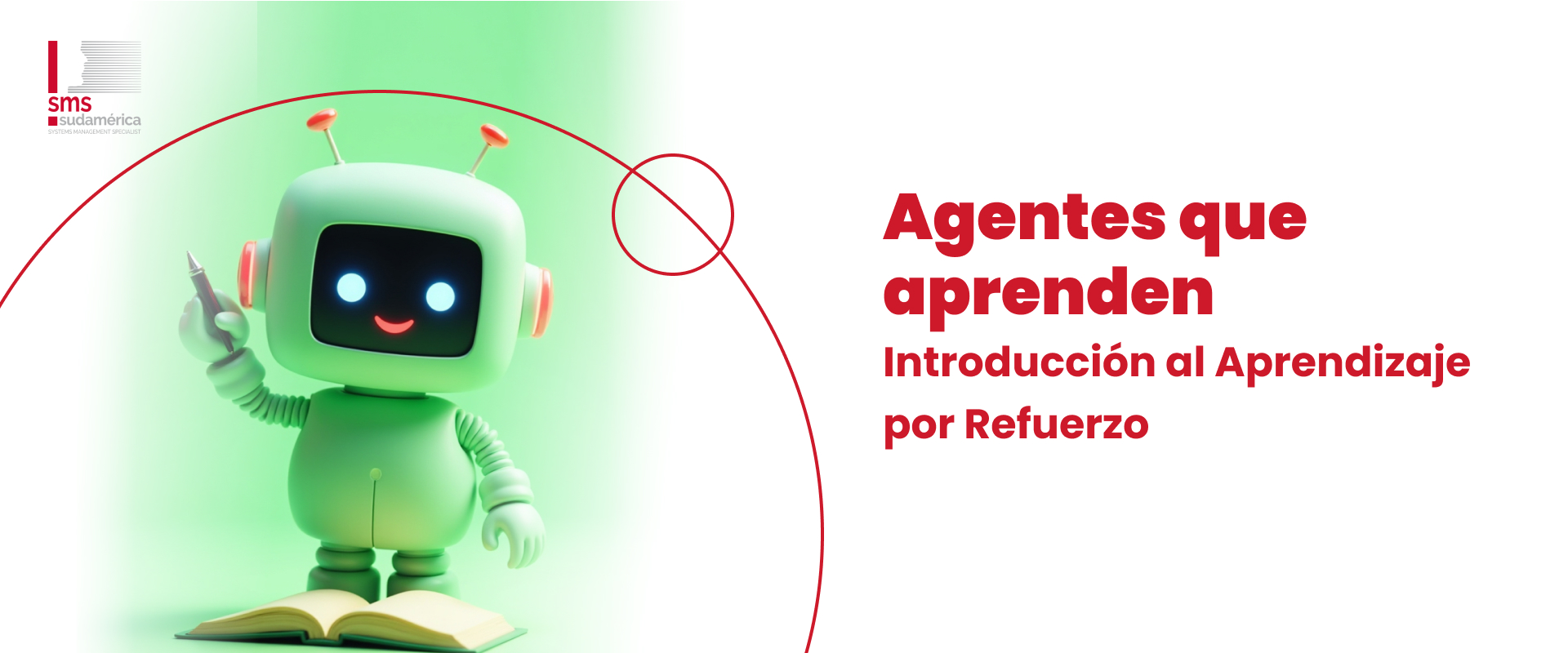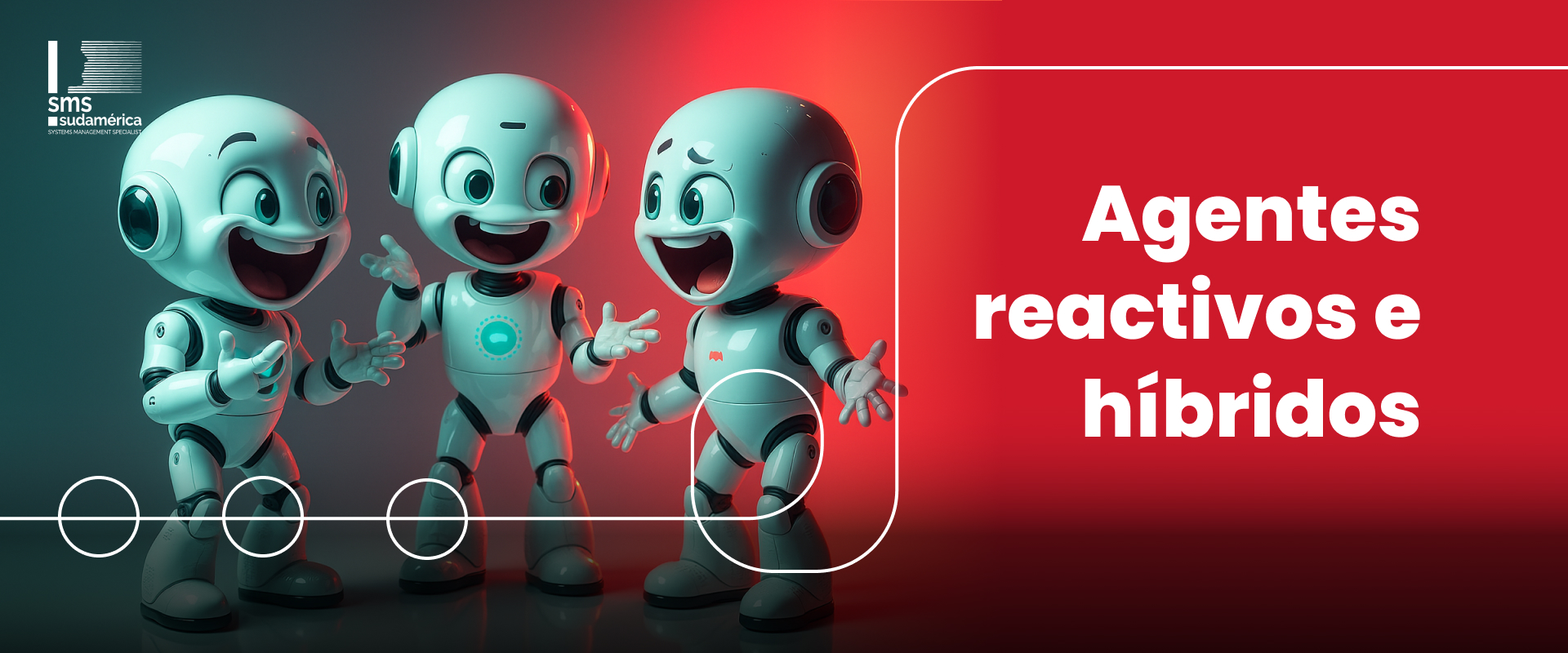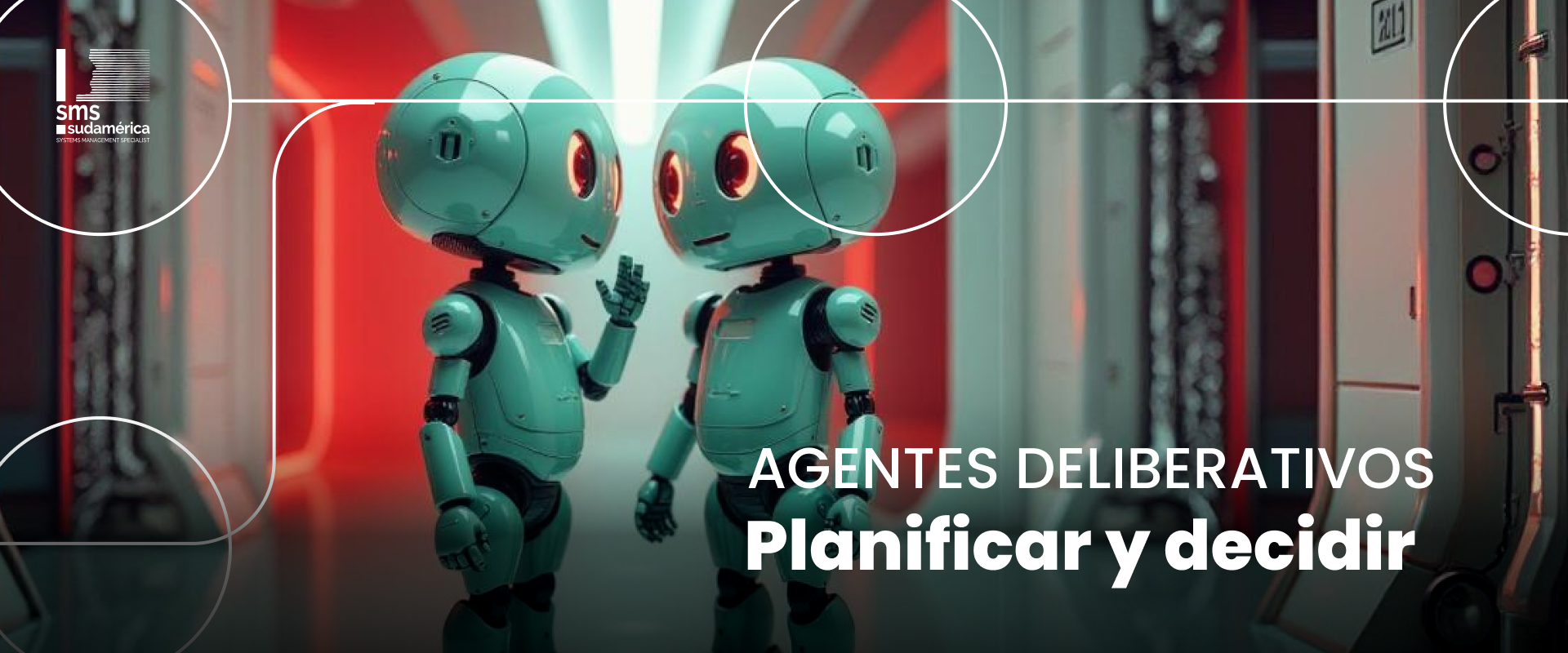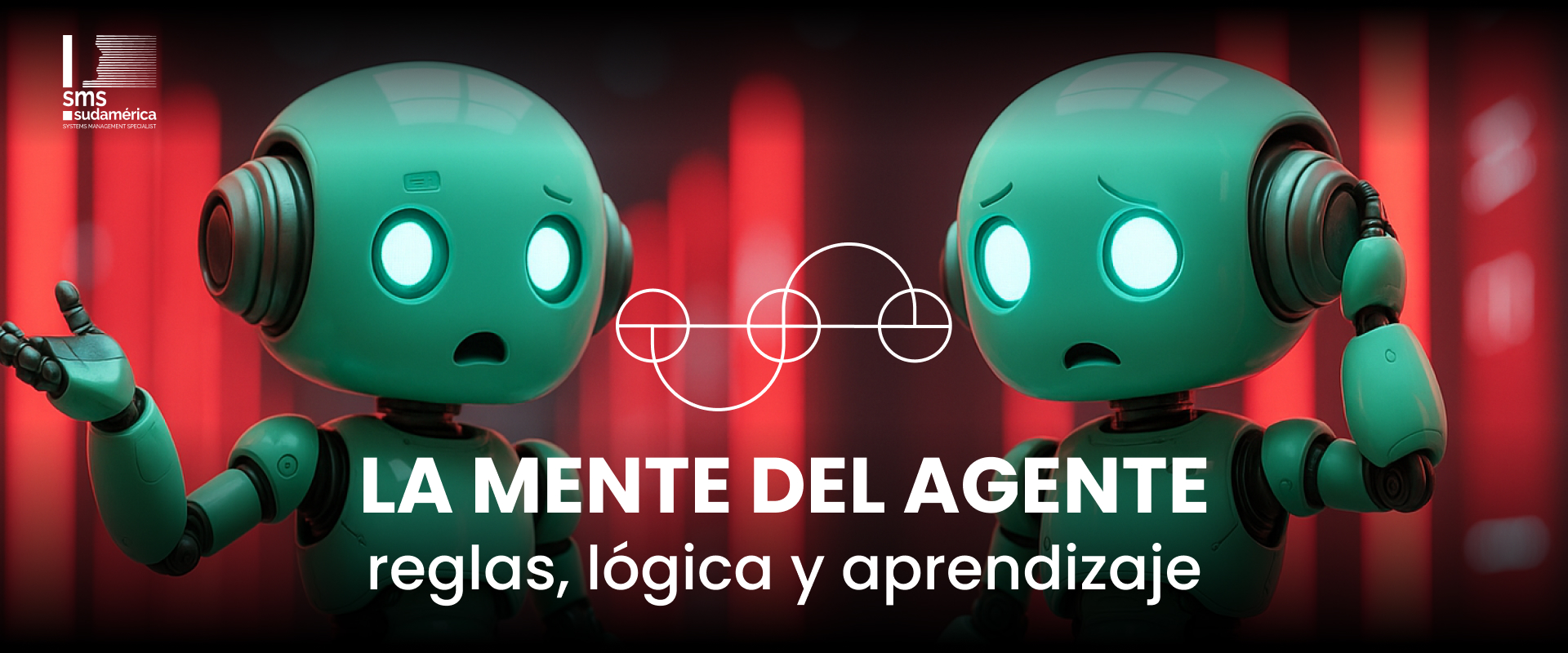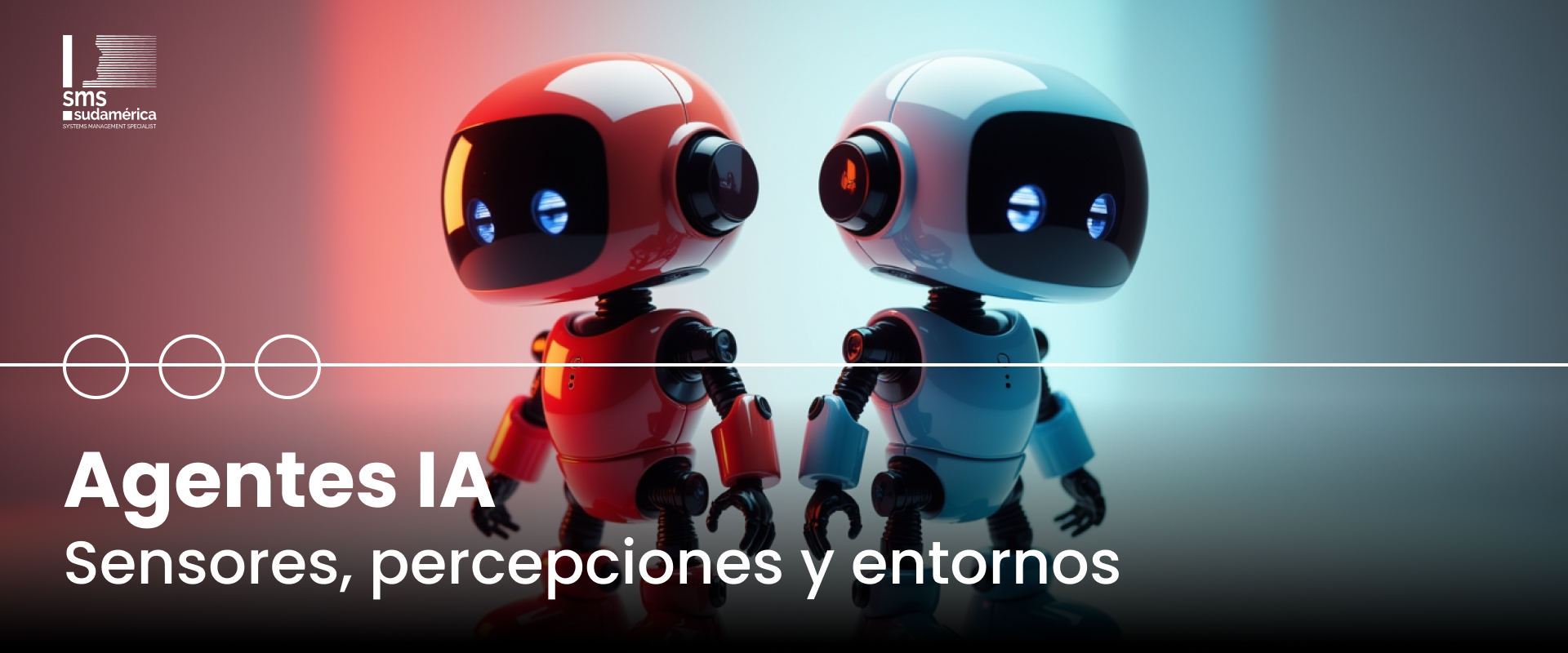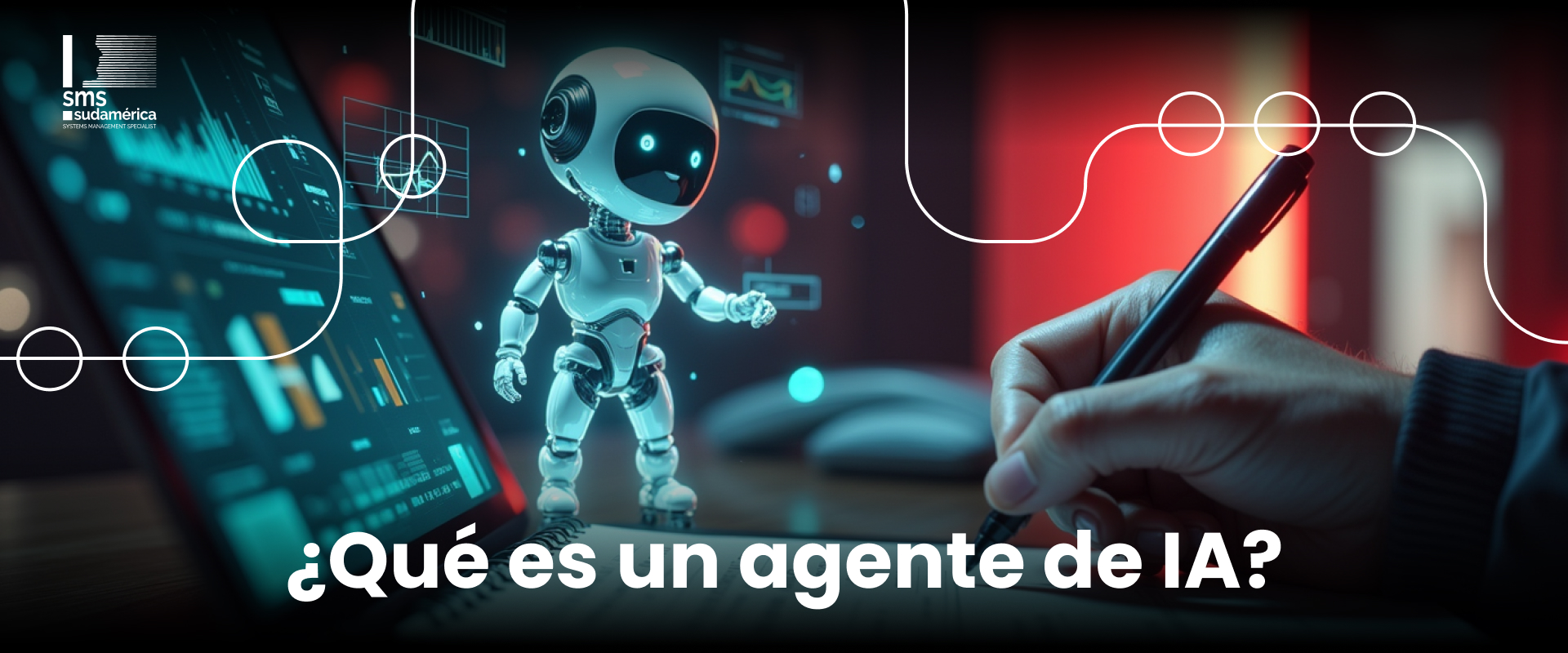Introduction to Reinforcement Learning
You probably remember the first time you tried riding a bike. You got on, rode a few meters, and ended up on the ground. You tried again, corrected your balance, managed to pedal a little further… until one day you discovered you could stay upright without falling. No one gave you a manual with all the instructions: you learned through trial and error and small rewards, such as the feeling of riding a few seconds longer each time.
The same is true for agents who learn through reinforcement. We don’t program them with all the answers; we let them experiment. Every action they take gives them a signal back: if they get close to the goal they get a reward, if they move away they get a punishment. Over time, they adjust their behavior to maximize the rewards.
Now, imagine a robot trying to learn to walk. It takes a step and falls down. It tries again, manages to stand for a few seconds, and stumbles again. With each attempt, it receives a signal: “this worked” or “this went wrong”. Little by little, he adjusts his movements until he finally manages to walk safely. We did not program it with all the possible rules of balance and movement: it learned from experience.
That is the heart of reinforcement learning: an agent improving through trial and error, guided by rewards and punishments. Unlike the purely reactive or deliberative agents we saw earlier, here knowledge is not entirely scripted in advance, but arises from interaction with the environment.
The operation is based on three key elements:
- An objective: what the agent wants to achieve, such as reaching a destination or maximizing efficiency.
- Rewards: positive signals when you get close to your goal.
- Punishments: negative signals when you walk away or make a mistake.
The agent explores possible actions, receives feedback, and, over time, learns which strategies bring it closer to the maximum reward. This trial-and-error process is very similar to how humans learn: no one gave us an exact manual on how to ride a bike; we simply fell several times until we achieved balance.
In artificial intelligence, one of the best known techniques in this field is Q-learning. This algorithm helps the agent to build a sort of “experience table” that tells it how valuable each action is in a given situation. Over time, this table becomes a guide to always choose the best possible action. This strategy is known as the optimal policy, because it represents the best set of decisions that the agent can make in its environment.
Examples of application
- A robot that learns to walk or manipulate objects without someone programming each movement.
- A system that negotiates prices in a digital marketplace, testing different offers and learning which tactics generate the most deals.
- Even in video games, reinforcement agents have learned to play better than humans in titles such as Go or League of Legends, not because they knew the rules from the start, but because they played millions of games and adjusted their strategy each time.
At SMS Sudamérica we also look at reinforcement learning as an opportunity for applied innovation. We are especially interested in systems where the environment is changing, such as in industry, logistics or citizen services. There, an agent that can learn over time not only executes tasks, but adapts, improves and finds more efficient solutions as it interacts with the real world.
The great challenge lies in designing appropriate rewards. If we reward the wrong thing, the agent may learn undesired behaviors. Therefore, defining what it means to “get it right” is as important as the algorithm we use. In short, reinforcement learning represents a paradigm shift: it is not about programming all possible responses, but about teaching agents to
Note by: María Dovale Pérez
